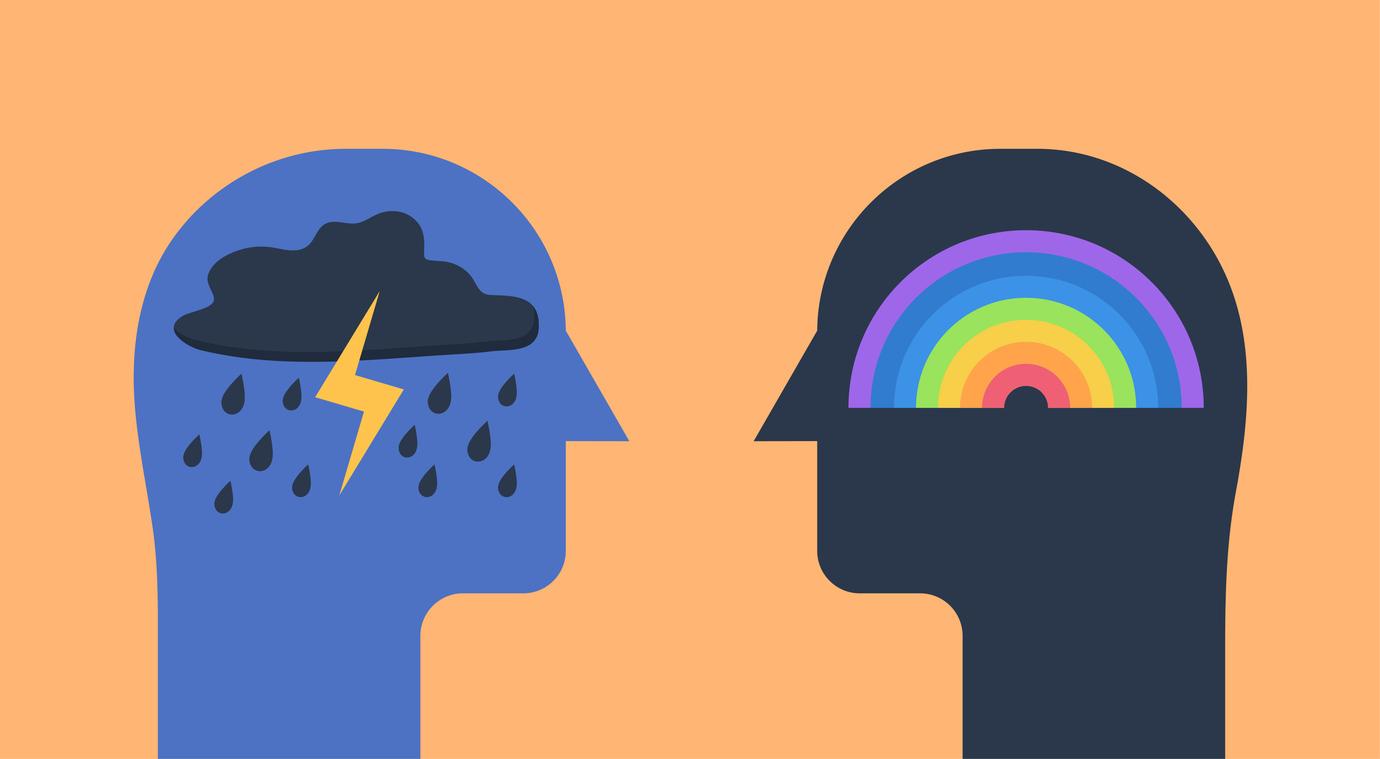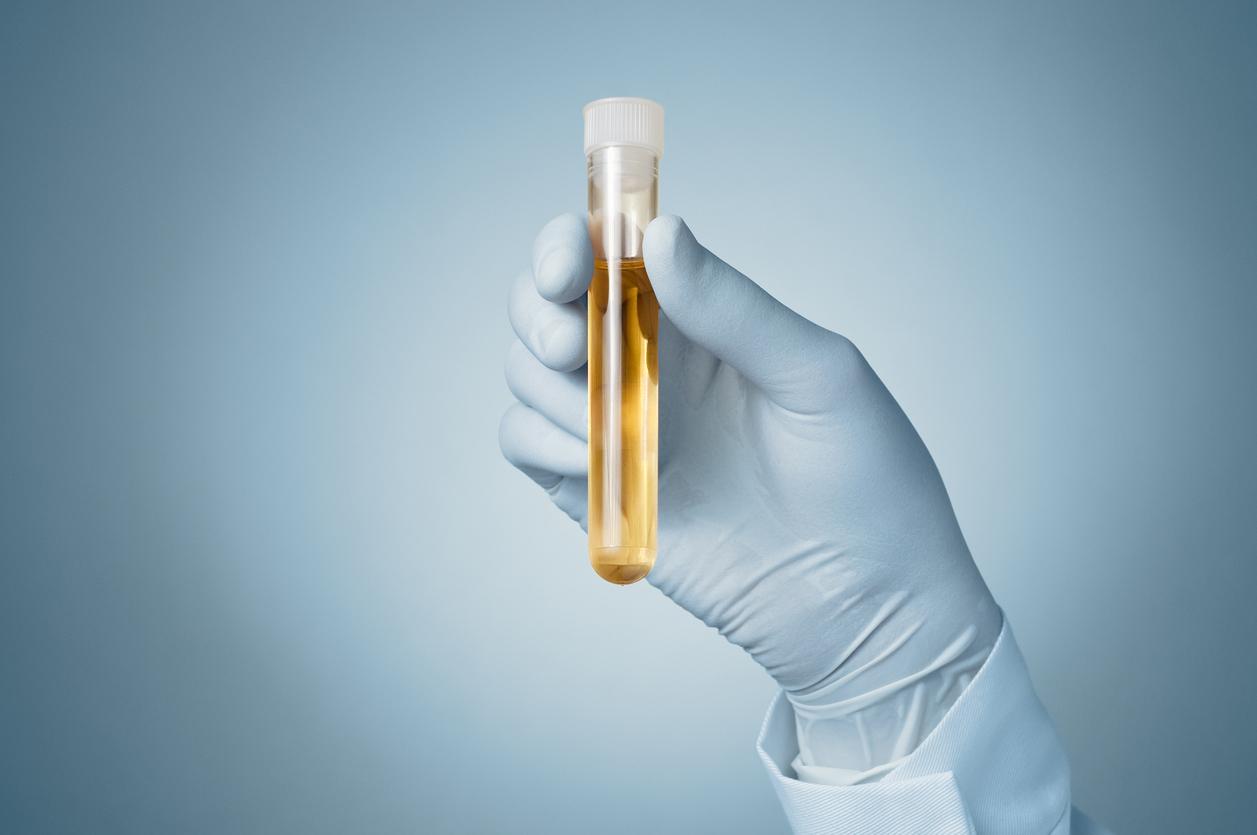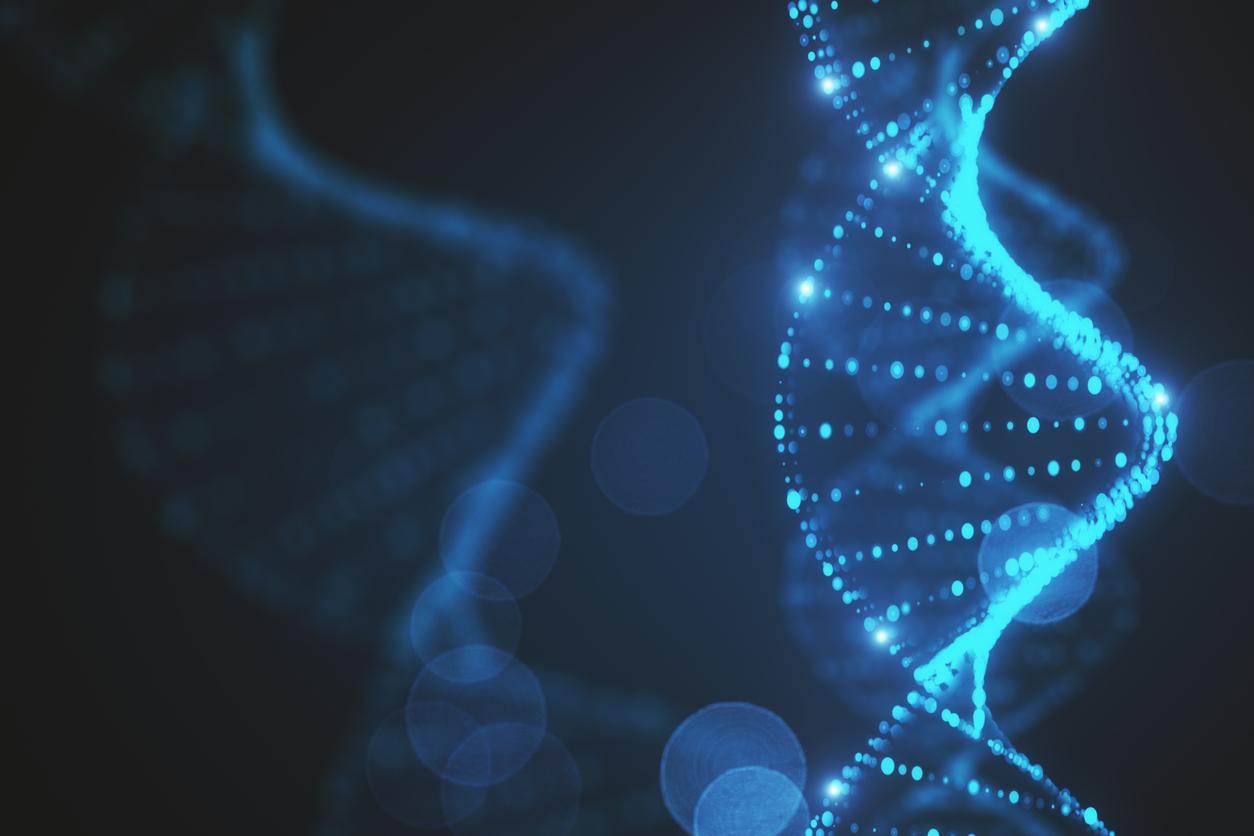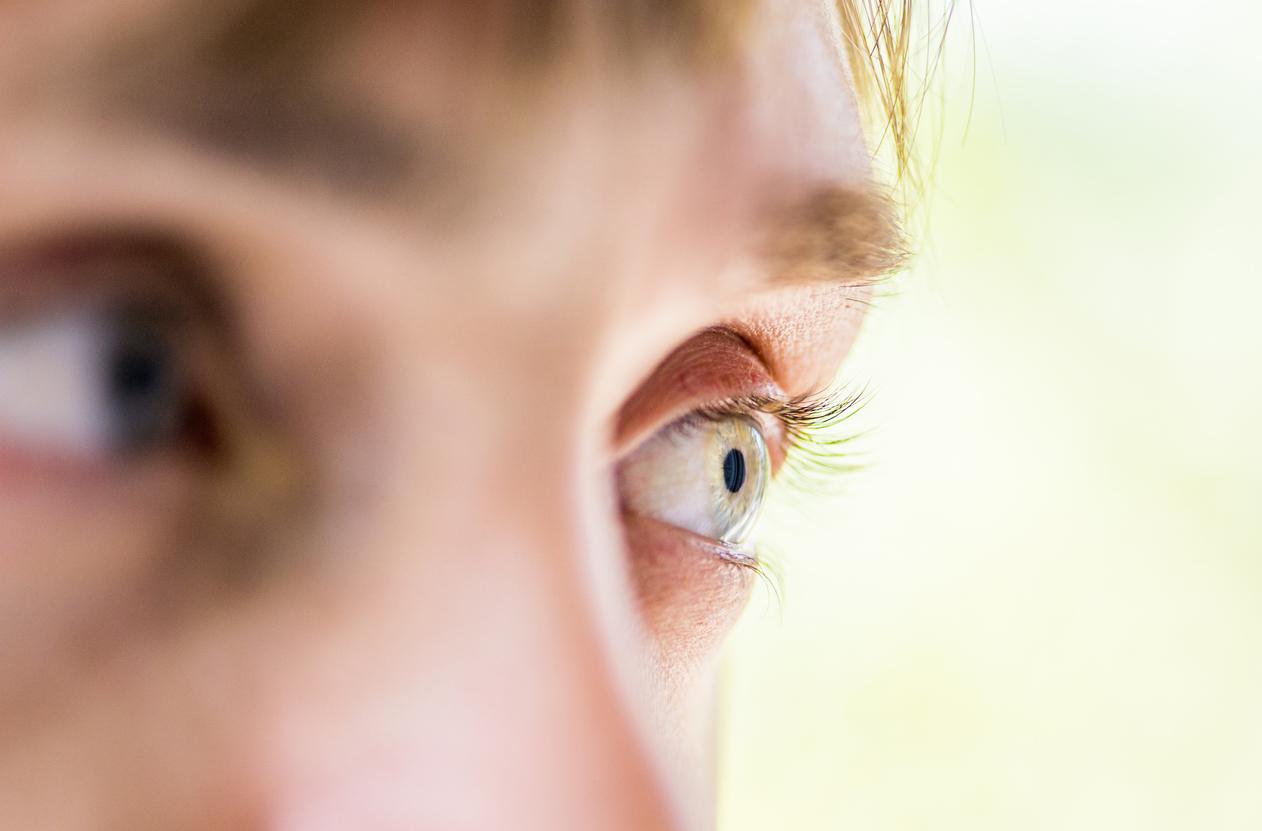On the occasion of World Bipolar Disorder Day, the PositiveMinders association looks back at the symptoms of bipolarity, a psychological disorder that is all too often diagnosed very late.

- On average, it takes six years between the appearance of symptoms and the diagnosis by a health professional, explains PositiveMinders, which also indicates that the symptoms of bipolarity are little known both to the general population and to healthcare professionals. First line.
- Typically, in a young person under the age of 25, the association recommends alerting oneself when one perceives certain symptoms for at least a week: “several signs of a depressive phase” and/or “at least one change in behavior”.
- If in doubt, you should consult your usual doctor in order to carry out an initial examination. Depending on the caregiver’s assessment, he or she may or may not refer the patient to a specialist capable of making the diagnosis of bipolarity.
1.6 million French people live with bipolar disorder, and yet it is the mental disorder most delayed in diagnosis. “Misdiagnosis, most often in favor of depression, is common, says the PositiveMinders association. It leads professionals to prescribe antidepressants without combining them with mood regulators (thymoregulators). Unfortunately, the treatment then turns out to be both ineffective and contraindicated for bipolar disorders.”
Bipolarity: 6 years of diagnostic wandering on average
The association recalls that on average, six times pass between the appearance of symptoms and the diagnosis by a health professional.
“40% of depressed people may actually suffer from bipolar disorder”, adds PositiveMinders which indicates that the symptoms of bipolarity are little known both by the general population and by front-line professionals. “In the hypomanic or manic phases, as long as there is no serious incident or accident, excessive risk-taking or inconsistent behavior, those around you and doctors may initially, the impression that the person is doing very well. Moreover, in hindsight, the person living with the disorder themselves describes the period as pleasant. A phenomenon that masks the correct diagnosis.”
To overcome this problem, PositiveMinders, in collaboration with Professors Raoul Belzeaux and Nicolas Glaichenhaus, created a unique early detection tool bipolar disorders.
Signs of bipolar disorder to detect in a young person under 25
This psychological disorder can appear early in life: one in two people suffer from it before they reach the age of majority. “Bipolar disorders mainly appear between the ages of 15 and 25.”, and affect men and women equally. Depending on the individual, bipolarity can manifest itself in many ways.
“Some patients alternate characteristic episodes: manic phases lasting a few days followed by much longer phases of major depression. For others, the alternation of phases can occur over the course of a day. When the manic phase is attenuated, we then speak of hypomania. Between symptomatic episodes, the patient is in remission.”
Typically, in a young person under the age of 25, the association recommends alerting oneself when one notices certain symptoms for at least a week:
- “several signs of a depressive phase”: loss of pleasure in anything, sadness or irritability, devaluation, loss of self-esteem, difficulty concentrating (with daily discomfort), dark or suicidal thoughts;
- and or “at least one change in behavior”: too much physical and/or mental energy, need for very little sleep without being tired, increased excitement and risk-taking, exuberance in sexuality and/or behavior.
If in doubt, you should consult your usual doctor in order to carry out an initial examination.
What does the doctor do if bipolarity is suspected?
During the consultation, the attending physician must check whether the patient has at least one known risk factor, such as a hyper-effective or ineffective response to an antidepressant, several depressive and/or suicidal phases, loss of control over alcohol consumption. or cannabis, or the presence of a loved one living with a disorder (depression, bipolarity, psychosis). The doctor can also spot one of these unusual signs in the patient: a sharp change in weight, sudden changes between sadness and excitement, a much faster rate of speech, unrealistic plans or even ideas that are difficult to follow or strange.
If the attending physician also suspects bipolar disorder, he or she refers the patient to a specialist who can make the diagnosis of bipolarity.
On April 1, a blood test to diagnose the disease will also be available in France.


















